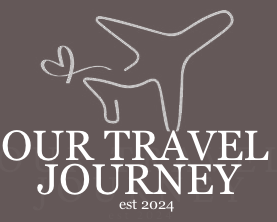Slow Travel Guide: Top Destinations & Benefits for Mindful Travelers in 2025
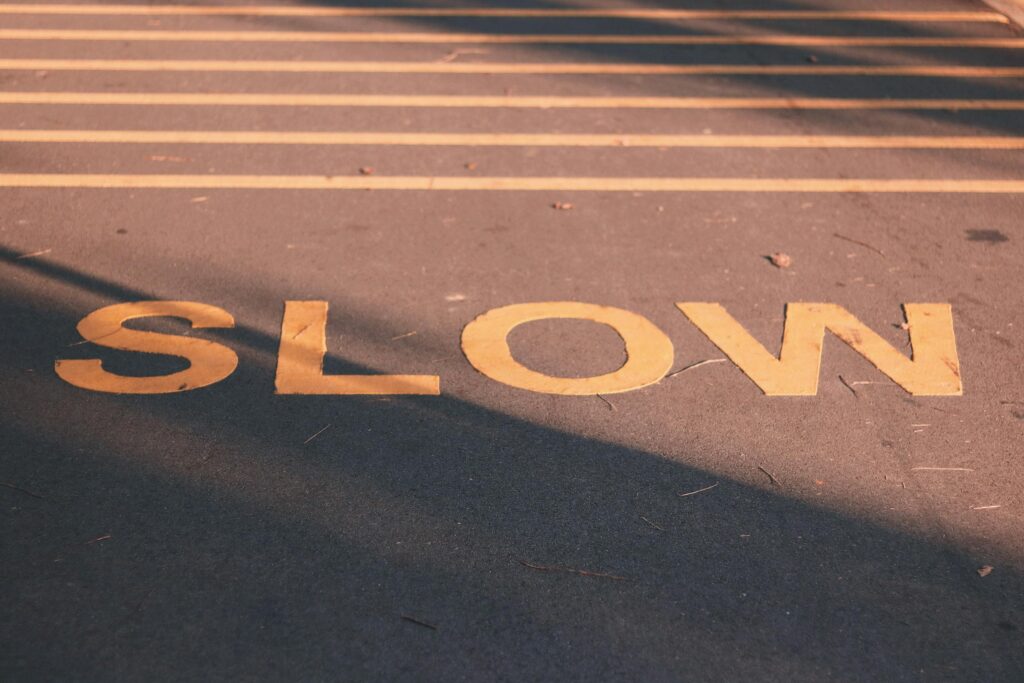
In an era of whirlwind 72-hour city guides and Instagram-driven bucket lists, slow travel offers a refreshing alternative that transforms how we experience the world. After years of rushing from one destination to another, we discovered that slowing down didn’t just change our itinerary—it revolutionized our entire travel philosophy. This comprehensive guide explores what slow travel really means, why it might be the perfect approach for your next journey, and our top destinations where taking it slow yields the richest experiences.
What Is Slow Travel? A Mindful Approach to Exploring the World
Slow travel isn’t simply about spending more time in a destination (though that’s part of it). It’s a mindful philosophy that prioritizes depth over breadth, connections over checklists, and genuine cultural immersion over tourist highlights.
The slow travel movement emerged as a reaction to fast-paced, exhausting itineraries that leave travelers needing a vacation from their vacation. Instead of rushing through 5 countries in 14 days, slow travelers might spend those two weeks exploring a single region, allowing for spontaneity, deeper connections with locals, and a more authentic understanding of place.
Key principles of slow travel include:
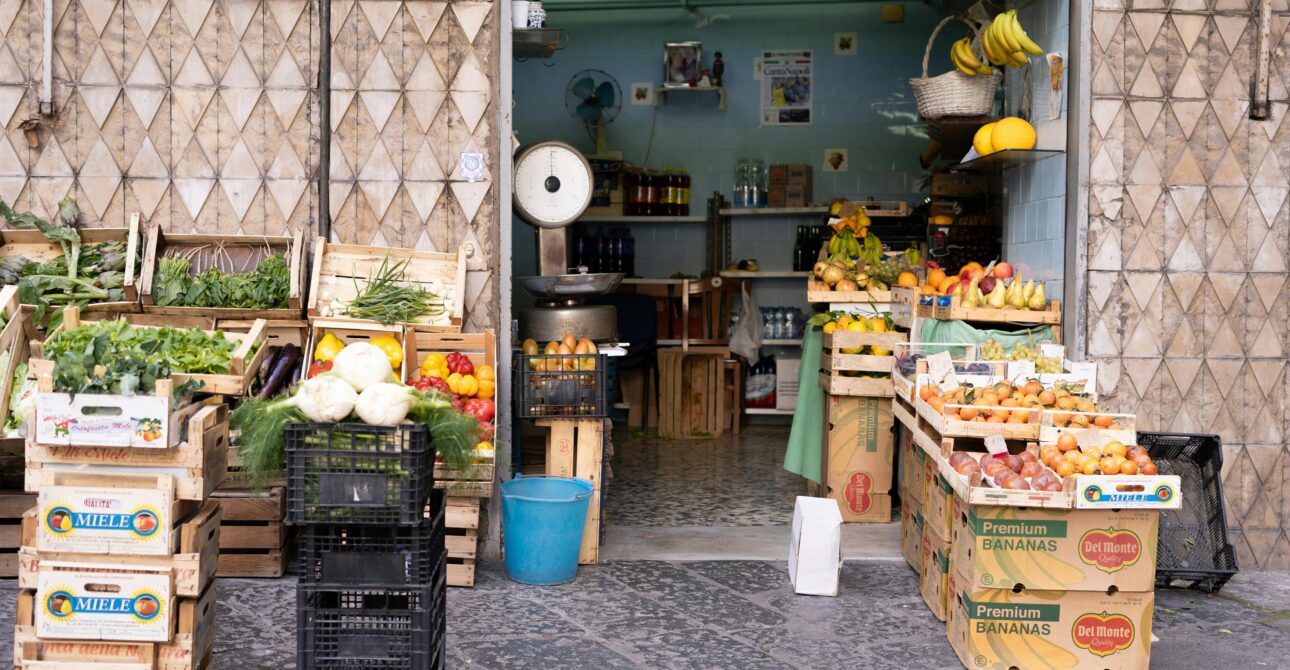
- Extended stays in fewer locations (typically 1-4 weeks minimum)
- Living like a local by renting apartments or homes rather than hotels
- Learning basic language phrases for meaningful interactions
- Shopping at local markets and cooking regional cuisine
- Using ground transportation (trains, buses, bicycles) over flights when possible
- Participating in everyday community life rather than only tourist activities
- Reducing environmental impact through more sustainable travel choices
Benefits of Slow Travel: Why Less Is Actually More
1. Deeper Cultural Understanding
Our month-long stay in Hoi An, Vietnam revealed layers we would never have discovered during a typical 2-day visit. By the third week, we were greeting the same fruit vendor each morning, had been invited to a local’s home for dinner, and learned to make authentic cao lầu noodles from our neighbor—experiences impossible with a packed itinerary.
2. Significant Cost Savings
Slow travel dramatically reduces your daily travel costs. Our research shows that staying in one location for a month versus changing destinations every few days can reduce accommodation costs by 30-50% through weekly and monthly discounts. Transportation costs plummet when you’re not constantly moving, and kitchen access means savings on restaurant meals.
3. Reduced Environmental Impact
The environmental footprint of slow travel is substantially smaller. According to recent sustainability research, transportation (particularly air travel) accounts for up to 75% of tourism’s carbon emissions. By flying less frequently and staying longer, slow travelers significantly reduce their carbon footprint while supporting local economies more meaningfully.
4. Stress Reduction and Mental Wellbeing
The constant planning, packing, and navigating inherent in fast travel creates what psychologists call “decision fatigue.” Our personal experience confirms that slow travel eliminates this stress, allowing for genuine relaxation and presence. A 2023 study in the Journal of Sustainable Tourism found that slow travelers reported 60% higher satisfaction rates and felt more rejuvenated upon returning home compared to conventional tourists.
5. Authentic Local Connections
Extended stays facilitate genuine relationships with locals and fellow travelers alike. These connections often become the most treasured souvenirs—we still exchange holiday cards with our apartment host in Chiang Mai and the family who ran our favorite café in Porto.
10 Best Destinations for Slow Travel in 2025
Based on our extensive slow travel experiences, we’ve compiled this list of destinations that particularly reward those who linger. These places offer the perfect combination of affordability, rich cultural experiences, comfortable infrastructure for longer stays, and enough diversity to keep you engaged for weeks or months.
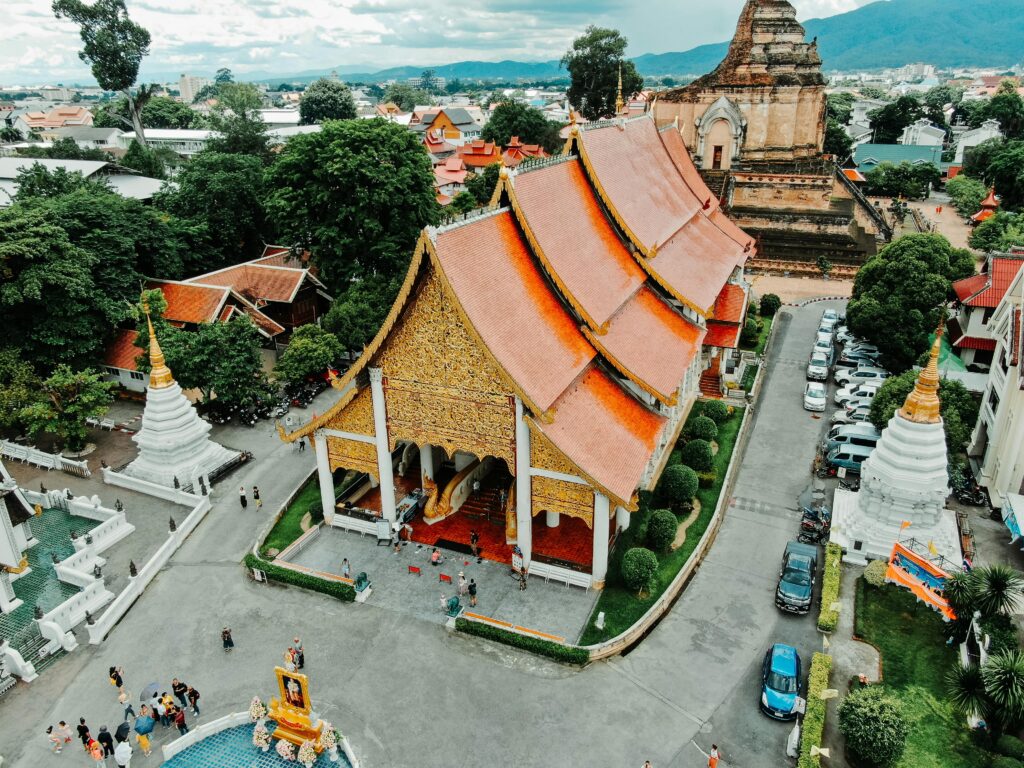
Why it’s perfect for slow travel: Northern Thailand’s cultural capital offers an ideal combination of affordability, rich culture, and excellent infrastructure for digital nomads and long-term travelers.
Ideal stay: 2-4 weeks minimum
Don’t miss: Weekly language exchange meetups, Sunday Walking Street market, cooking classes with local families rather than tourist schools, temple meditation retreats, and day trips to surrounding mountain villages.
Average monthly costs: $800-1,200 including accommodation, food, and local activities
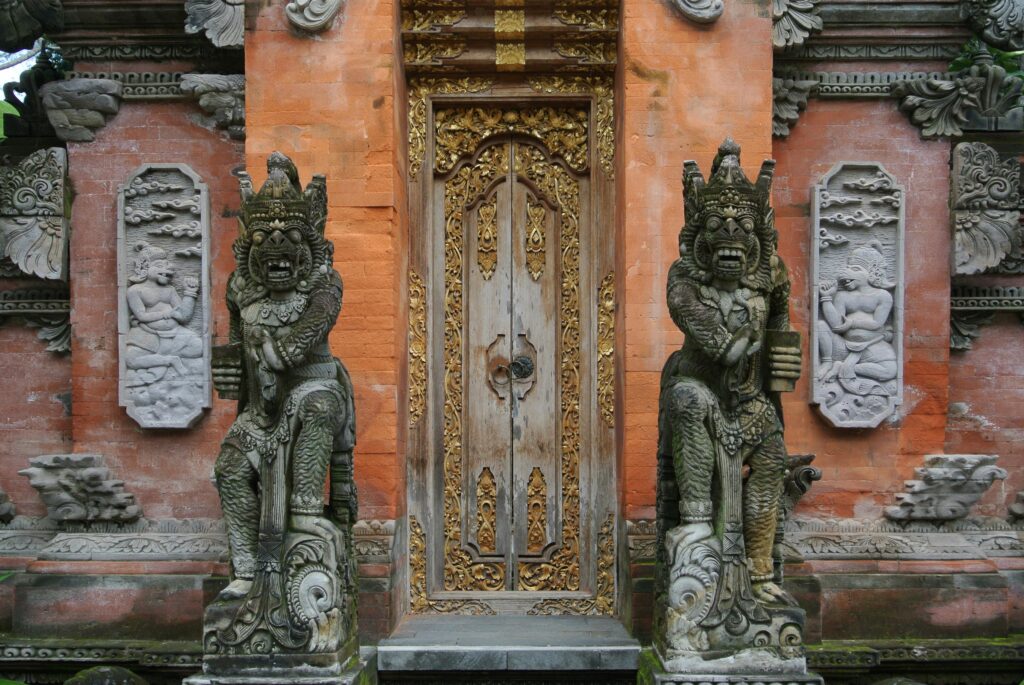
Why it’s perfect for slow travel: Beyond its “Eat, Pray, Love” fame, Ubud rewards those who stay long enough to venture beyond the main tourist streets into surrounding villages and rice fields.
Ideal stay: 2-6 weeks
Don’t miss: Dawn walks through the rice terraces, joining a local gamelan music group, participating in temple ceremonies, weekly art workshops with master craftspeople, and exploring neighboring villages by bicycle.
Average monthly costs: $1,000-1,500 including villa rental with pool
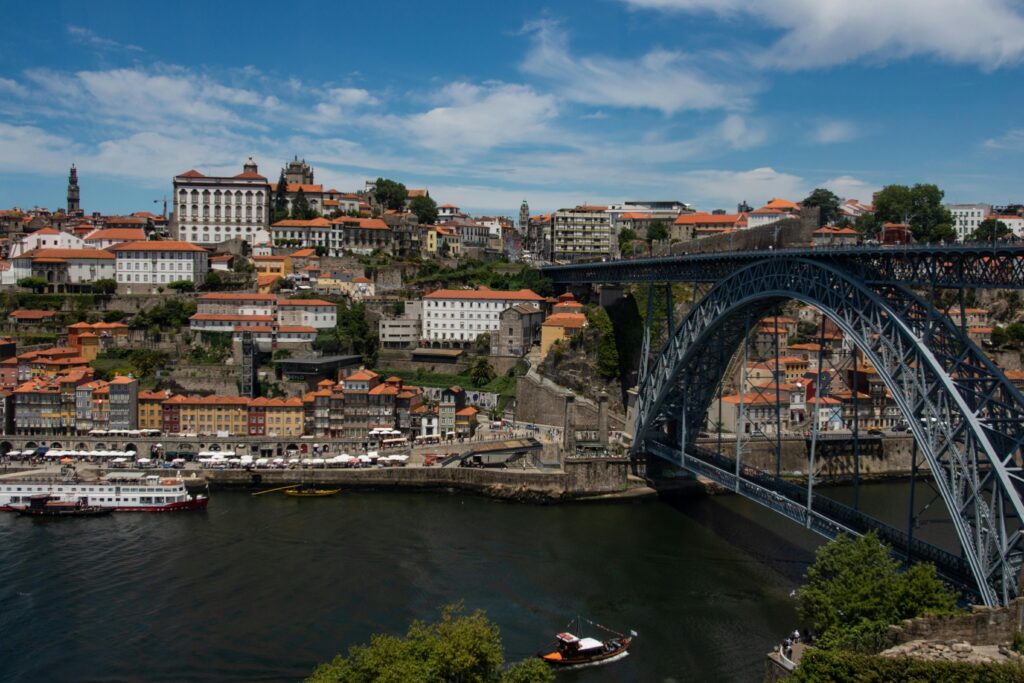
Why it’s perfect for slow travel: Porto offers European charm without the price tag of Paris or Barcelona. Its walkable neighborhoods, thriving food scene, and warm locals make it ideal for extended stays.
Ideal stay: 3-4 weeks
Don’t miss: Morning routines at local pastelarias, weekend trips to the Douro Valley vineyards, Portuguese language cafés, community cooking classes, and volunteer opportunities with local restoration projects.
Average monthly costs: $1,800-2,200 including apartment rental in the historic center
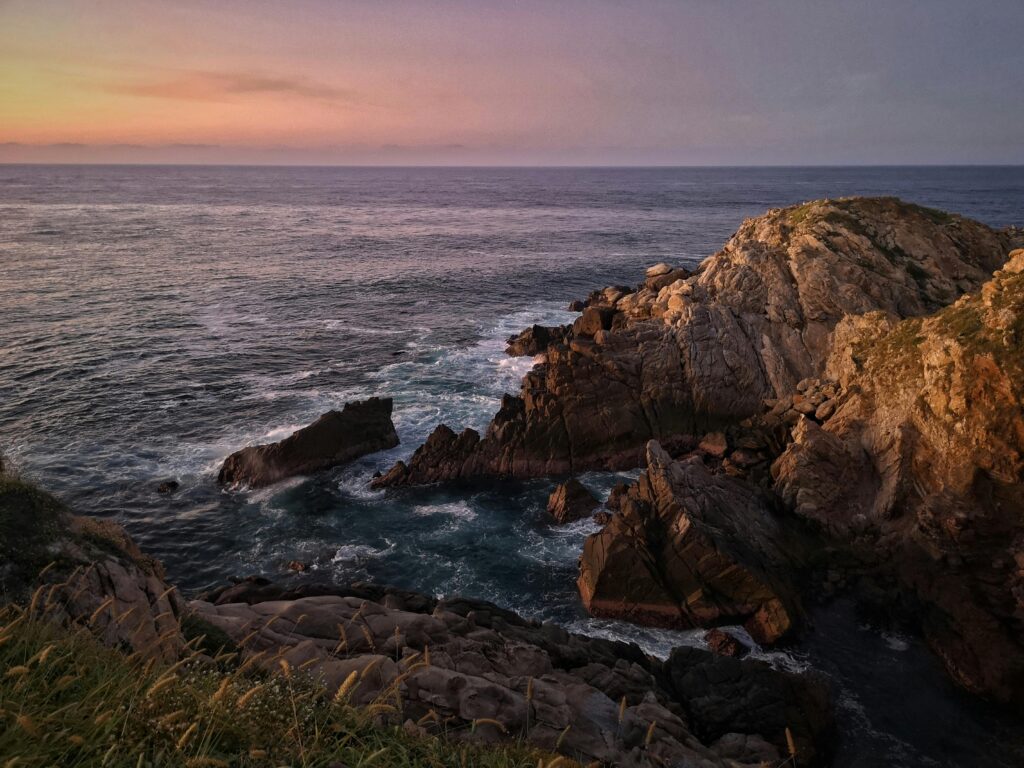
Why it’s perfect for slow travel: With its rich indigenous cultures, world-class cuisine, and vibrant arts scene, Oaxaca offers endless layers to uncover.
Ideal stay: 3-5 weeks
Don’t miss: Weekly markets in surrounding villages, mezcal farm visits beyond tourist routes, Spanish/Zapotec language exchanges, traditional textile workshops, and seasonal festivals throughout the year.
Average monthly costs: $1,200-1,600 including colonial apartment rental
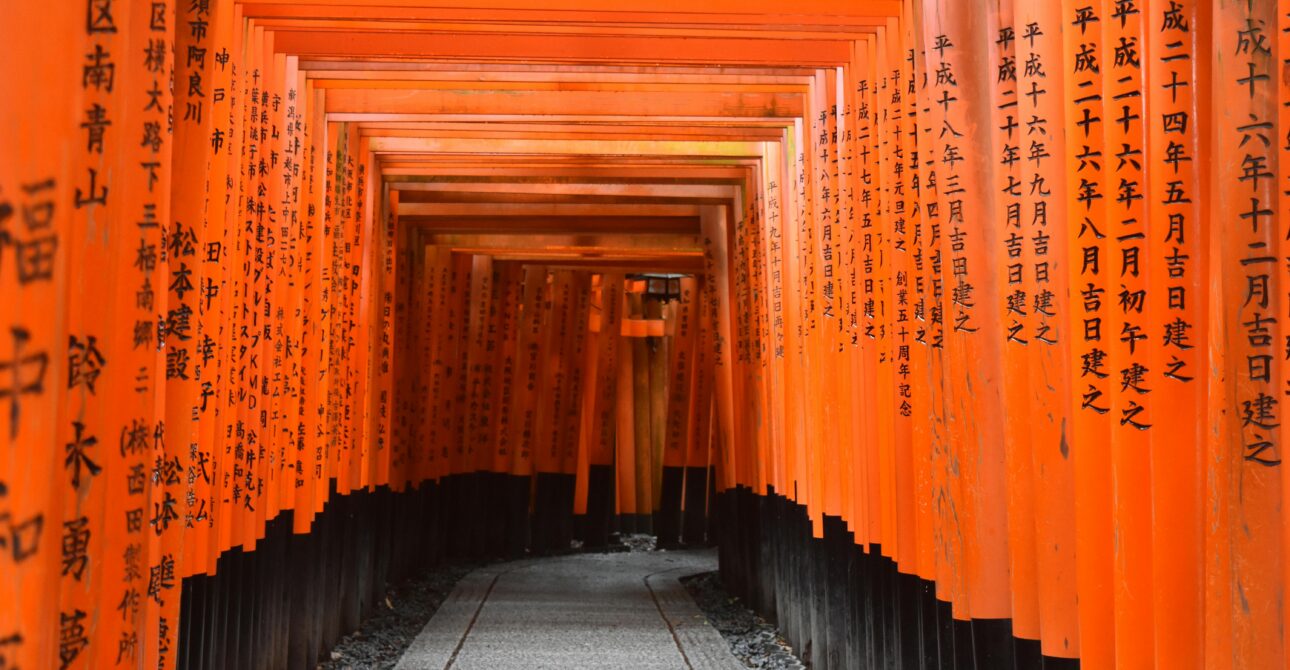
Why it’s perfect for slow travel: While expensive compared to Southeast Asia, Kyoto’s thousands of temples, seasonal changes, and traditional culture justify extended stays to truly appreciate its depths.
Ideal stay: 2-3 weeks
Don’t miss: Early morning temple visits before tour groups arrive, tea ceremony lessons, neighborhood sento (public bath) routines, seasonal kaiseki cuisine experiences, and day trips to nearby rural villages.
Average monthly costs: $2,500-3,000 including apartment rental
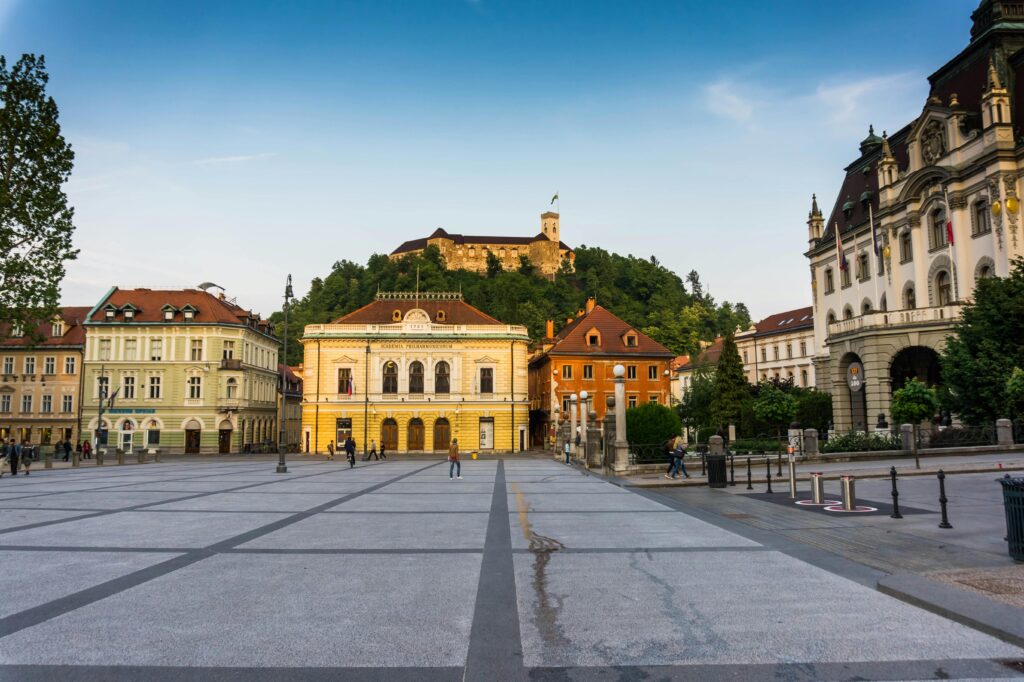
Why it’s perfect for slow travel: This charming Central European capital serves as an ideal base for exploring Slovenia’s diverse landscapes, from mountains to Mediterranean coast—all within easy day trips.
Ideal stay: 2-3 weeks
Don’t miss: Farmers markets, hiking in Triglav National Park, weekend trips to Lake Bled and the Soča Valley, coffee culture along the river, and Slovenia’s emerging wine regions.
Average monthly costs: $1,700-2,000 including centrally located apartment
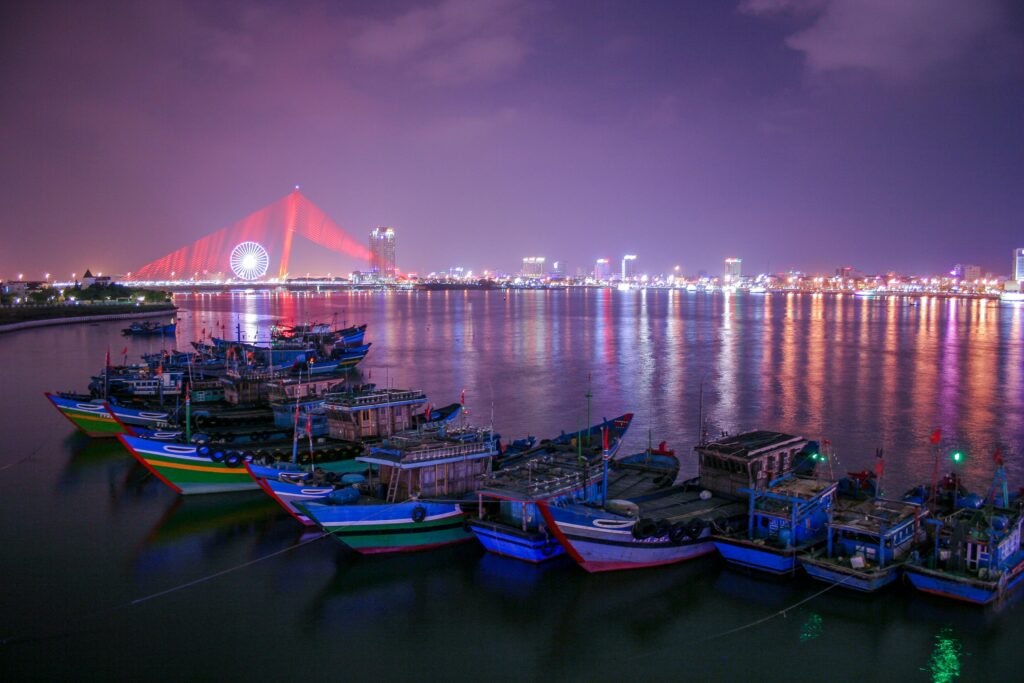
Why it’s perfect for slow travel: Once just a day trip for many travelers, this UNESCO town’s true charm emerges after dark when day-trippers leave, and in the surrounding countryside.
Ideal stay: 2-4 weeks
Don’t miss: Bicycle exploration of rice paddies and farming communities, befriending local tailors, dawn fish markets, Vietnamese cooking in private homes, and monthly full moon festivals.
Average monthly costs: $800-1,100 including homestay or apartment rental
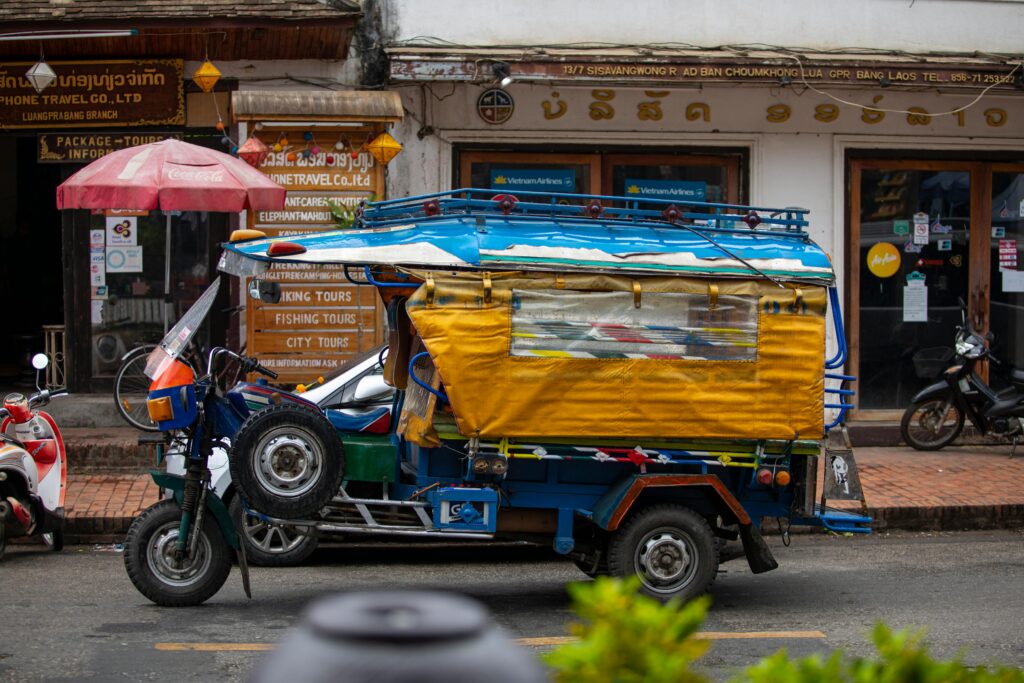
Why it’s perfect for slow travel: This sleepy UNESCO town on the Mekong River operates at a pace that naturally encourages slowing down.
Ideal stay: 2-3 weeks
Don’t miss: Daily alms giving ceremony, extended Mekong boat trips to remote villages, traditional arts apprenticeships, meditation retreats, and volunteering with sustainable tourism initiatives.
Average monthly costs: $900-1,200 including guesthouse or basic house rental

Why it’s perfect for slow travel: With its colonial architecture, volcano views, and vibrant indigenous culture, Antigua offers Spanish language learners and culture enthusiasts an ideal base.
Ideal stay: 3-6 weeks (many travelers combine with language school)
Don’t miss: One-on-one Spanish lessons, weekend trips to Lake Atitlán villages, traditional weaving workshops, volcano hikes, and homestays with local families.
Average monthly costs: $1,000-1,400 including shared colonial house rental

Why it’s perfect for slow travel: This laid-back coastal town offers a gentler introduction to Morocco than frenetic Marrakech, with Atlantic breezes, a charming medina, and thriving arts scene.
Ideal stay: 2-3 weeks
Don’t miss: Cooking workshops in traditional riads, Gnawa music performances, surfing lessons, argan oil cooperatives, and weekday markets without tourist crowds.
Average monthly costs: $1,100-1,500 including riad apartment rental
How to Start Your Slow Travel Journey: Practical Tips
Finding Longer-Stay Accommodations
For the best value on extended stays:
- Airbnb and VRBO often offer weekly (10-15%) and monthly (25-50%) discounts
- Local Facebook groups frequently list unadvertised rentals at better rates
- Housing notice boards in expat-friendly cafés list opportunities not found online
- Arrive for 2-3 nights in a guesthouse, then look for longer-term options locally
Transportation for Slow Travelers
- Consider rail passes for regions with good train connections (Europe, Japan)
- Local transportation apps like Grab (Southeast Asia) and Careem (Middle East/North Africa)
- Bicycle rentals for monthly rates (often 70-80% cheaper than daily rentals)
- Walking becomes a genuine pleasure rather than a rush between sights
Building Community While Slow Traveling
- Language exchange meetups using apps like Meetup or Tandem
- Coworking spaces host regular community events (even for non-remote workers)
- Volunteering opportunities connect you with locals and like-minded travelers
- Classes and workshops in cooking, arts, dance, or yoga create instant communities
Is Slow Travel Right For You?
Slow travel isn’t for everyone. If you have limited vacation time and a long bucket list, the “see it all” approach might better suit your current life stage. However, if you’ve found yourself needing a vacation after your vacation, or wondering why destinations don’t feel as magical as travel influencers suggest, slow travel might be your answer.
We recommend starting small—perhaps dedicating 5-7 days to a destination that would typically get 2-3 days. Notice how your experience changes when you remove the pressure to see everything.
Ultimately, slow travel isn’t about following strict rules but about intentionally choosing depth over breadth. It’s about creating space for the unexpected moments that become your most treasured travel memories—like the impromptu music session we joined in Porto, or the cooking lessons with grandmothers in Oaxaca that would never have happened had we been rushing to the next destination.
